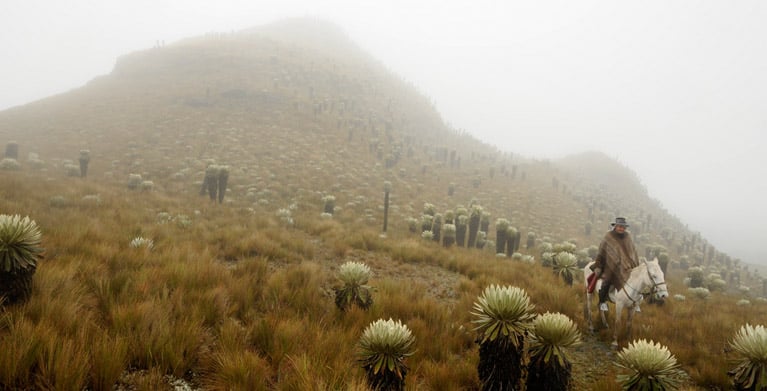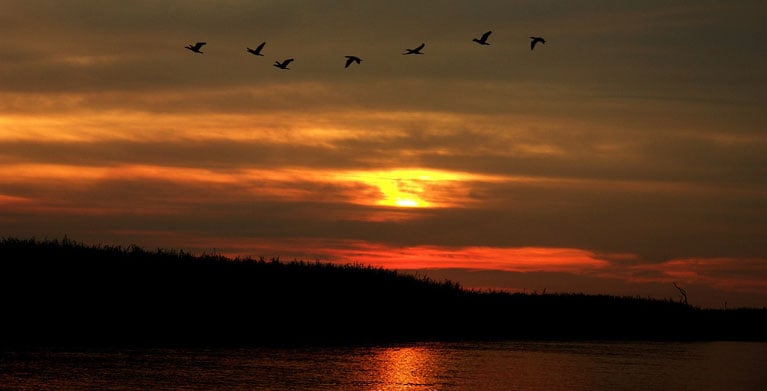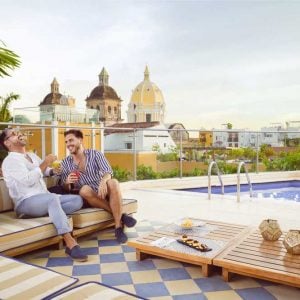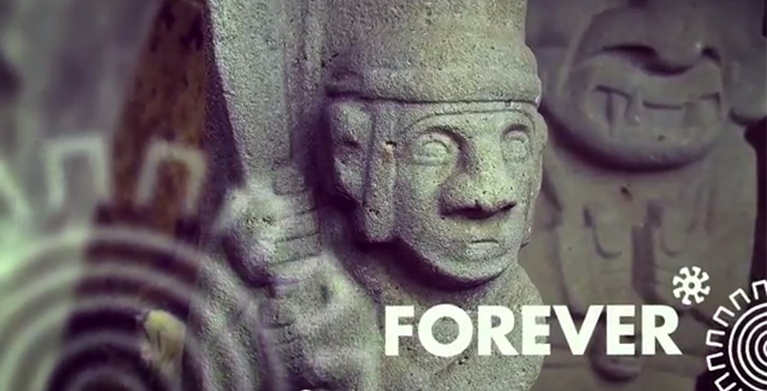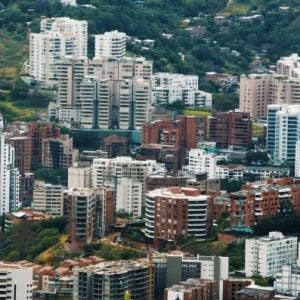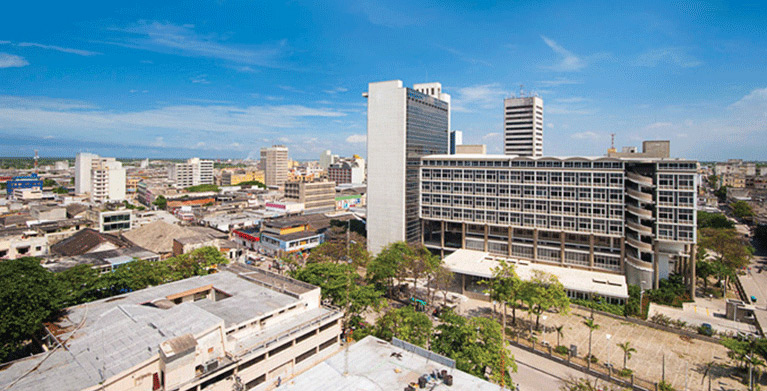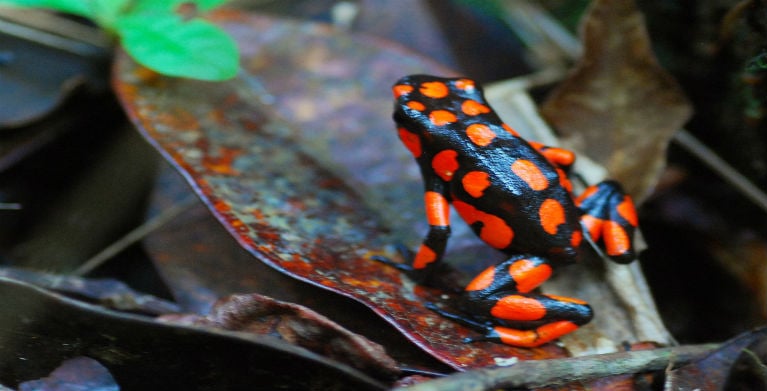But what makes this once-forgotten city so intriguing? Here’s everything you need to know…
What is it?
The Lost City is hidden deep in Colombia’s jungle and consists of around 170 stone terraces carved into a mountain, with numerous small “plazas” and connecting “streets”. These are the remains of a city built in around 800AD, some 650 years before Peru’s Machu Picchu. The mountain in question is part of the Sierra Nevada de Santa Marta range, which is just 42km (26 miles) from Colombia’s Caribbean coast. With peaks reaching 5,700m (18,700ft) it’s the world’s highest coastal mountain range.
Who lived there?
It’s believed the Lost City was once at the heart of several small villages inhabited by the Tayrona people. It was probably their political center and may also have played an important role in trade and manufacturing, given its position on the Buritaca River. It is thought up to 8,000 people once lived in the Lost City but it was abandoned during the Spanish Conquest. Its inhabitants probably fled further into the mountains.
Why was it “lost”?
Ciudad Perdida was re-discovered in 1972 when treasure hunters found the steps leading to the city, then covered in jungle, and named it the “green hell”. Treasures from the site, including gold figures and ceramics, soon began to appear on the black market and that alerted archaeologists. They reached the city in 1976 and began a careful excavation and restoration that was completed six years later. But local indigenous people, including the Koguis, Wiwas and Arhuaco who are all descendants of the Tairona, say they had always known the city’s location and had visited it, but preferred to keep it secret.
How can you get there?
The Lost City is buried deep in Colombia’s jungle and is impossible to access by road. The only way to visit is to walk there, a 44km five-day hike that includes several river crossings and steep climbs. The walk is moderately difficult and requires a good level of fitness. It finishes by climbing the 1,200 stone steps that lead to the Lost City.
What does the future hold?
The non-profit organisation Global Heritage Fund (GHF) has been working to preserve the Lost City and protect it from climate change, jungle overgrowth, looting, neglect and unsustainable tourism. It also wants to ensure indigenous people are closely involved in its development. One indigenous owned and run agency, Wiwa Tour, already organises hikes to the site.
Entranced by ancient history? The answer is Colombia. If you liked this article please feel free to share it on Facebook, Twitter, LinkedIn, Google+ or any of your social networks.
Photo credits: Andrew Hyde (Flickr)
Related articles:

